In June 2023, the German Army organized Air Defender, the biggest air force deployment since NATO's creation. From June 12th to 23rd, up to 10 000 participants from 25 nations with 250 aircraft deployed to Germany to train air operations under the command of the German Air Force. United States of America and Germany were the main participants of the training session, although 23 other nations provided personnel or assets to it.
Air Defender 2023 background
Air Defender 2023 stems from four years of preparation. As early as 2018, Germany agreed to serve as a framework nation for a Multinational Air Group (MAG), working with NATO partners to establish operationally ready large-scale flying units. The preparation of the exercise consisted in the organization of annual smaller-scale aerial trainings called MAGDays. The flying units trained to interact with a command and control organization, the JFAC HQ (Joint Force Air Component Headquarters), which was provided by the Center for Air Operations in Kalkar. From the results of MAGDays, important ideas became a more detailed concept. This concept, MAGEX 2023, was submitted to the German Air Force Chief, Lieutenant General Ingo Gerhartz, in 2020 and approved.
Furthermore, over the years, the German Air Force Command developed several fresh concepts for potential large-scale exercises. These concepts were entirely independent of the MAG specifications and drew inspiration from the extensive U.S. exercise known as Defender Europe 20, a significant joint forces exercise. For this occasion, U.S. forces practiced the deployment of an entire division to Europe, involving the transportation of 20,000 U.S. soldiers along with equipment and vehicles. Prompted by this, the German Air Force swiftly proposed a similar exercise. Consequently, a merger took place within the leadership of the German Air Force, reconciling the competing approaches of MAGEX and the newer approach, which would later be named Air Defender. The U.S. agreed with the German Air Force, and MAGEX transformed into Air Defender. Initial U.S. responses indicated potential participation with up to 100 aircraft. While the overall approach to preparing for the exercise remained the same, it now bore a new name.
About two years before the actual exercise, the nations were invited to Air Defender by letting them know about possibilities and opportunities for them. Every nation plans their exercise calendars several years in advance. Thus, to get into this planning with the Air Defender 23 exercise required an early start.
In July 2022, the first major Initial Planning Conference (IPC) took place with 220 participants. Those were the nations that had confirmed their intent to participate to the exercise at that time. During this conference, Air Force planners explained how Air Defender would likely be conducted and outlined options for where participants could operate from within Germany during the exercise. A final Coordination Conference (FCC) would be held in April 2023. The participating nations learnt the exact procedures of the exercise and scenarios. After that, the core exercise period was not far away.
Air Defender organization
The number of countries participating in the exercise is quite impressive, and almost unprecedented. Although Germany took the lead role in the event, 24 other countries sent equipment and airmen/women for the training. In total, no less than 250 aircraft were deployed in June 2023, almost half of them belonging to United States corps. 10 000 military personnel took part to the exercise. The following nations were participating: Belgium, Bulgaria, Croatia, Czech Republic, Denmark, Estonia, Finland, France, Germany, Greece, Hungary, Italy, Japan, Latvia, Lithuania, Netherlands, Norway, Poland, Romania, Slovenia, Spain, Sweden, Turkey, United Kingdom, United States.
Although all these countries participated in Air Defender 2023, the United States were by far the most implicated nation, both in terms of equipment than men and women. 100 aircraft came from 42 states, and mainly belonged to the Air National Guard (ANG). The US aircraft were based almost on every base that took part to the exercise, and performed all kinds of missions, from tactical transport to strategic bombings, through air refueling and Close Air Support.
This huge number of participants made Air Defender the largest operational deployment since NATO's creation.
Geilenkirchen AFB, which is the Main Operating Base (MOB) for the NATO E-3A AWACS fleet, welcomed a deployment of air refueling KC-135 and KC-46 aircraft and became one of the strategic bases of the exercise, along with Wunstorf. The latter, home of the Luftwaffe A400M Transport Squadron, was the main base for an impressive fleet of US Air Force and ANG C-130 Hercules. Spangdahlem, Lechfeld and Neuburg were HQ for fighter squadrons from USAF, USANG, Hellenic and Spanish fighters. But most of the action happened north of the country, in the heart of Schleswig-Holstein.
First, the former German Air Force Transall home base of Hohn welcomed a contingent of Finnish Air Force F/A-18C/D Hornets and Royal Air Force Eurofighter Typhoons, as well as the sole flying participants of the US Navy to Air Defender. This consisted in a deployment of 4 F/A-18E Super Hornets from VFA-87 'Golden Warriors', VFA-37 'Ragin' Bulls', and VFA-31 'Tomcatters', as well as a pair of F/A-18F Super Hornets from the VFA-213 'Blacklions' and a duo of EA-18G Growlers from the VAQ-142 'Gray Wolves'. To complete this already large variety of aircraft, the US Air National Guard sent 6 F-15C Eagles from the 104th Fighter Wing (part of the Massachussets ANG), as well as 6 F-15C Eagles from the 159th Fighter Wing (part of the Lousiana ANG), nicknamed the 'Bayou Militia'. The locally based Draken Falcon 20 also flew from Hohn, and performed target towing over the lands and the sea of northern Germany, mainly used to train the Eagles. Planespotters were greeted by a sonic boom during one of the flight days, coming from a F-15 flying high over the air base behind the Draken Falcon.
But Hohn was only the second most active airfield during Air Defender. Home of 51 Tactical Air Wing for almost three decades now, Jagel was the main base for the combat aircraft involved, whose field headquarters were located in the temporary fighter ops, a kind of container village. Fighters from abroad were based in Jagel for the duration of the exercise, such as a trio of Turkish Air Force F-16C from the 151 Filo, and x4 Saab Gripen C/D from the Hungarian Air Force. Because the base was the main one, visitors from other air bases came for ceremonies, maintenance or as simple visitors. Finnish F-18s, Swedish Gripens, US F-16s, F-15s, F-18s or German Typhoons could for instance be seen during the exercise. Locally based United States assets consisted in 6x F-16C from the 114th Fighter Wing of the South Dakota ANG (nicknamed 'Lobos'), 7x F-16C from the 140th Fighter Wing of the Colorado ANG, 6x A-10C Thunderbolts from the 127th Fighter Wing of the Michigan ANG (nicknamed 'Red Devils'), as well as 6x A-10C Thunderbolts from the 175th Wing of the Maryland ANG.
Air Defender bases map - © Bundeswehr/Marco Parge

Air Defender flightline

US Navy Boeing EA-18G Growler | 166943
The missions of Air Defender 2023
The exercise started with an initial scenario: the fictional region of Klebius (in eastern Germany) is occupied by the enemy forces of the Occasus alliance. The following steps for the units of the alliance are to advance north to the Baltic Sea, with a goal to capture a harbor. For this purpose, they use a combination of sabotage actions and special forces operations supported from the air. In the meantime, the Western Alliance has declared the state of defense in accordance with Article 5 of the NATO Treaty (see below) and has initiated the defense against this opponent.
NATO Treaty Article 5: " The Parties agree that an armed attack against one or more of them in Europe or North America shall be considered an attack against them all and consequently they agree that, if such an armed attack occurs, each of them, in exercise of the right of individual or collective self-defense recognised by Article 51 of the Charter of the United Nations, will assist the Party or Parties so attacked by taking forthwith, individually and in concert with the other Parties, such action as it deems necessary, including the use of armed force, to restore and maintain the security of the North Atlantic area. "
Armed forces from 25 nations participated in the fictional liberation of Klebius with about 250 aircraft and roughly 10,000 servicewomen and servicemen. More than 200 individual missions and 3 COMAOs (Combined Air Operations) were conducted per day during Air Defender 2023. These composite air operations were conducted by a combination of several aircraft types with different capabilities (reconnaissance aircraft, bombers, close air support aircraft and tankers). By the means of COMAOs, traditional air strike forces were provided with additional support from fighter aircraft specialised in air-to-air engagements, allowing them to defend friendly forces against enemy aircraft. Additionally, electronic defence forces and reconnaissance aircraft were integrated to these operations. Air interdiction also played a major role in the exercise, with air-to-ground missiles used to neutralize enemy air defence. For that, pilots and aircraft were given different roles during the two weeks, allowing them to train offensive and defensive capabilities. Of course, the missions consisted also in operations from BVR (Beyond Visual Range) to dogfight manoeuvres.
All these assets needed to be coordinated with care, given the dimension of the manoeuvres: COMAOs could see up to 80 aircraft involved at the same time. According to the German Air Force, air training areas were "only used for military purposes at staggered times and never simultaneously, for up to four hours per day, and not accessible to air traffic civilian during this period." It caused some delays in Europe and particularly in Germany, although they were not too important.
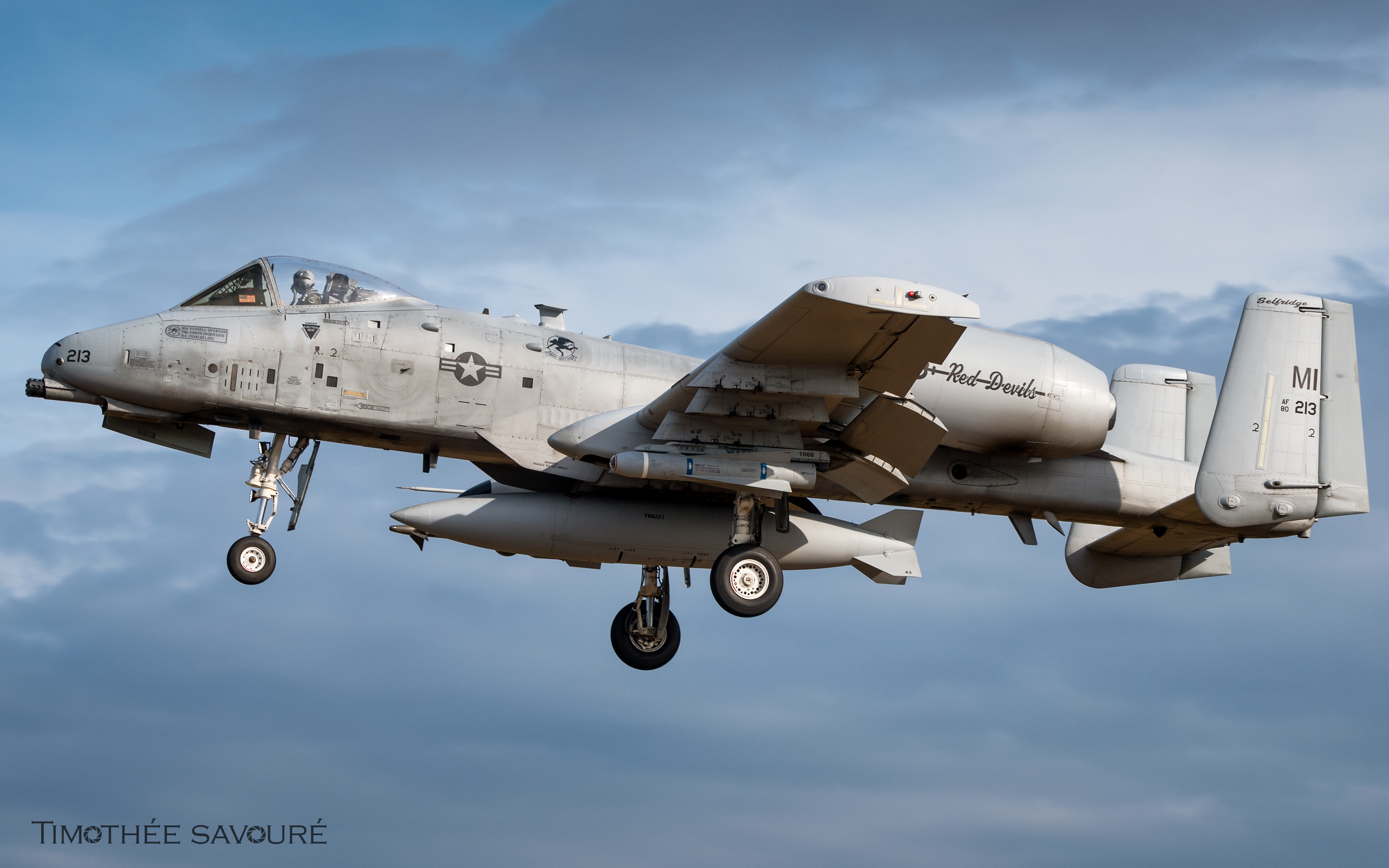
US Air Force Fairchild A-10C Thunderbolt II | 80-0213

US Air Force Boeing F-15C Eagle | 84-0010

US Air Force Boeing KC-135R Stratotanker | 63-8025

US Air Force Boeing F-15C Eagle | 84-0022

US Air Force Boeing F-15C | 86-0168

Turkish Air Force General Dynamics F-16C | 90-0012

Draken International Dassault Falcon 20 | G-FRAW

US Air Force Boeing F-15C Eagle | 84-0010
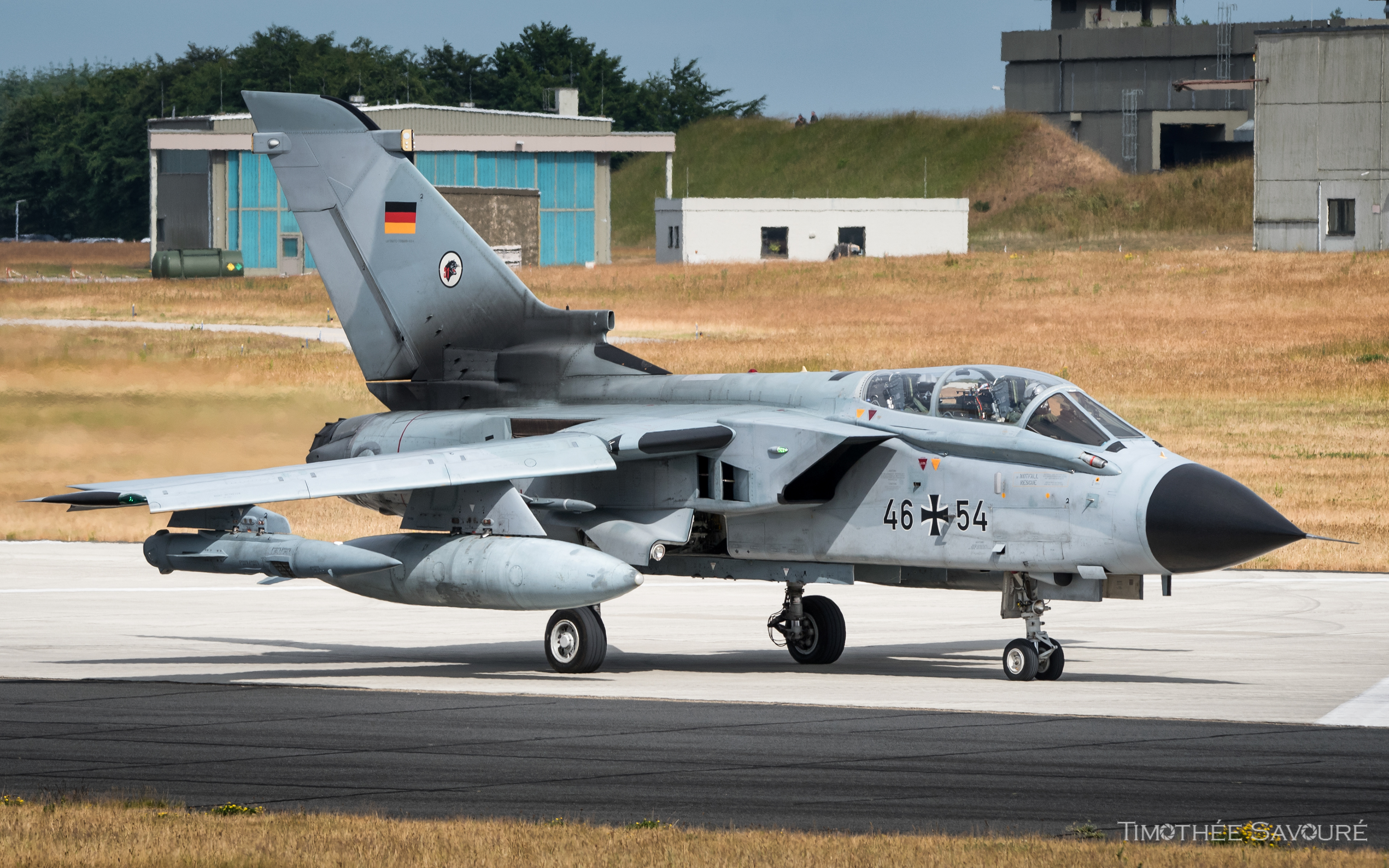
Luftwaffe Panavia Tornado | 46+54

US Air Force General Dynamics F-16C | 86-0339

US Air Force General Dynamics F-16C | 86-0370

US Air Force General Dynamics F-16C | 89-2064

US Navy F/A-18E Super Hornet | 166867

US Navy EA-18G Growler

US Navy F/A-18F Super Hornet | 168930

Hungarian Air Force Saab Gripen JAS-39D | 44
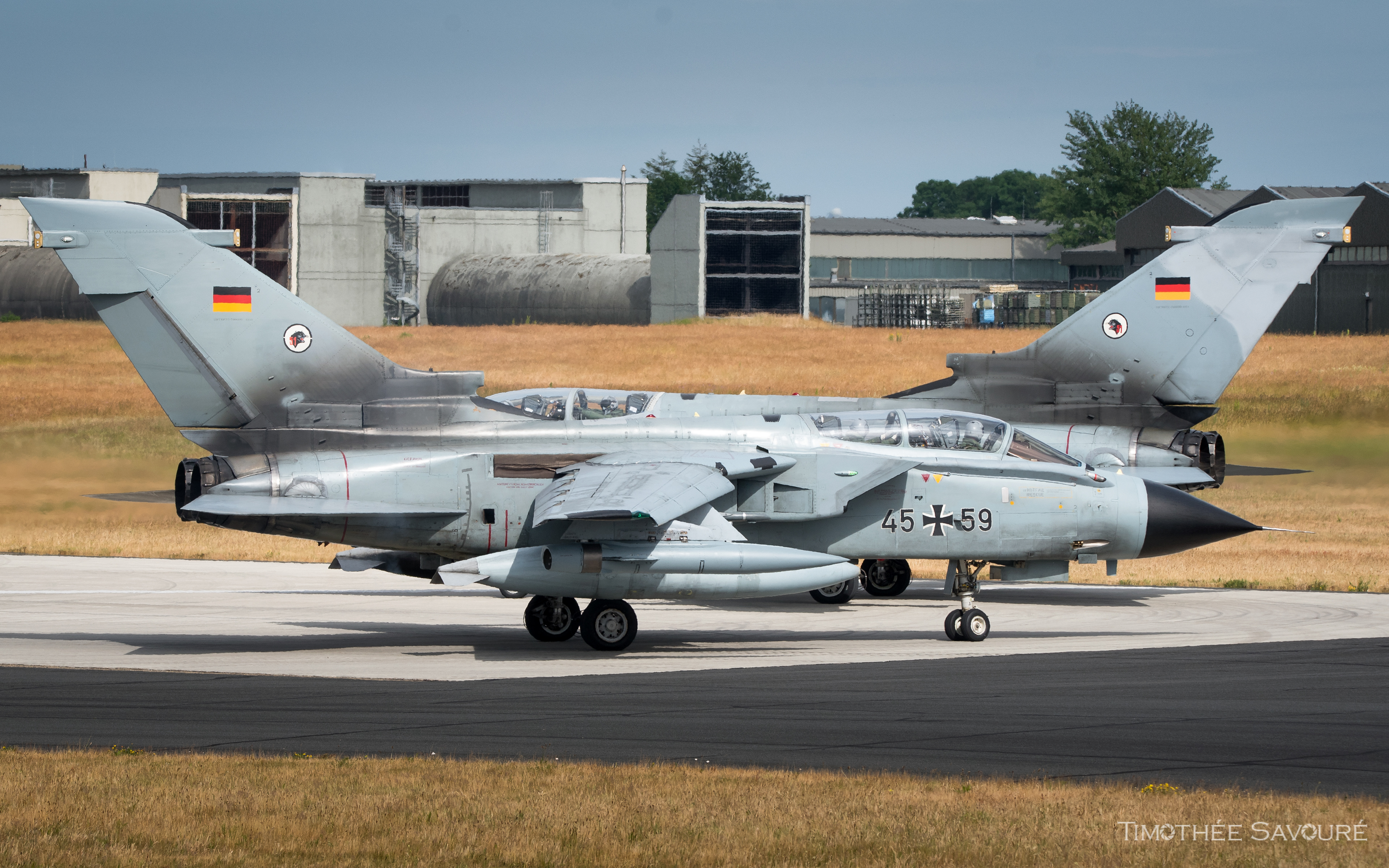
Luftwaffe Panavia Tornado | 45+59

US Air Force Fairchild A-10C Thunderbolt II
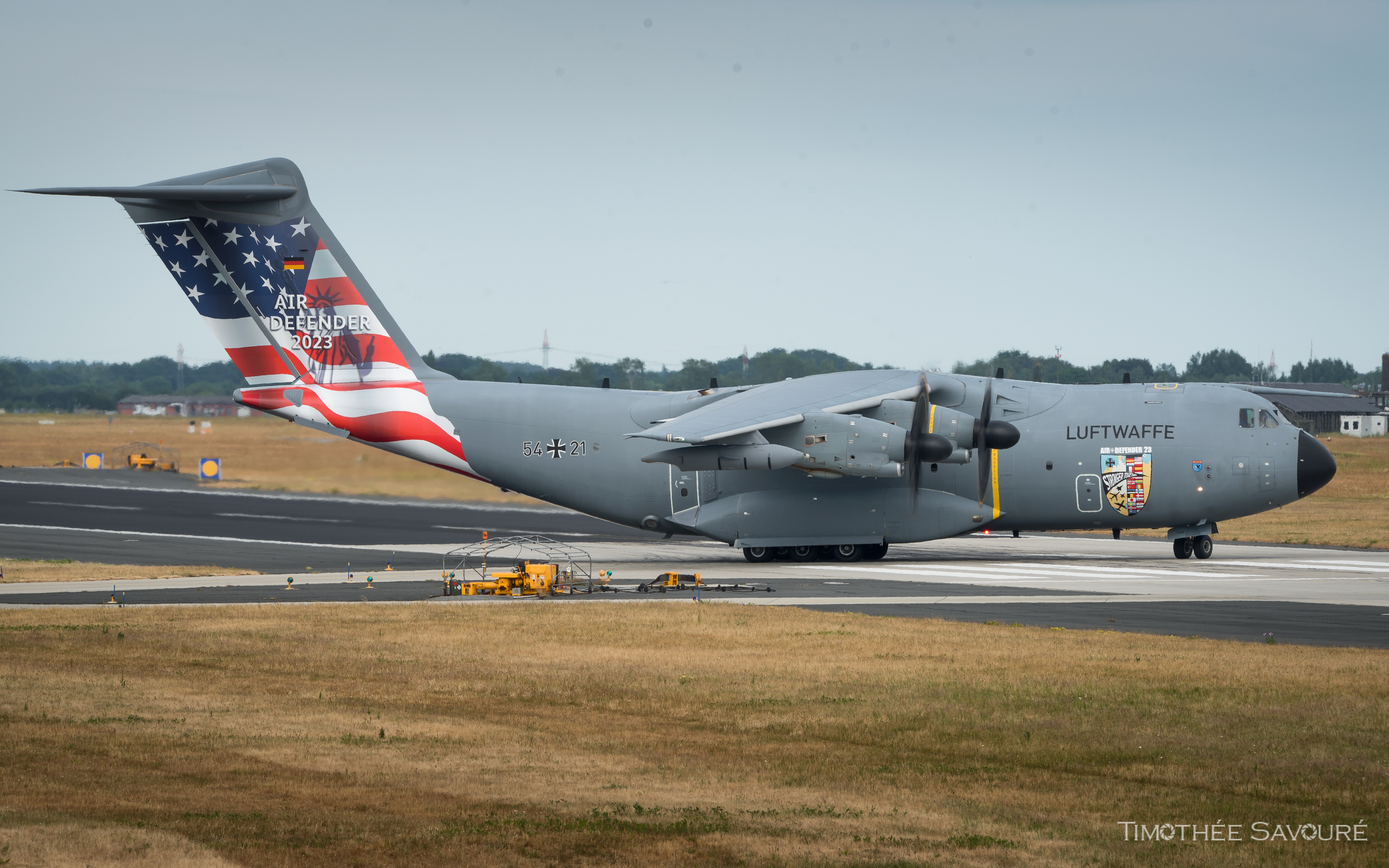
Luftwaffe A400M with special 'Air Defender 2023' livery | 54+21
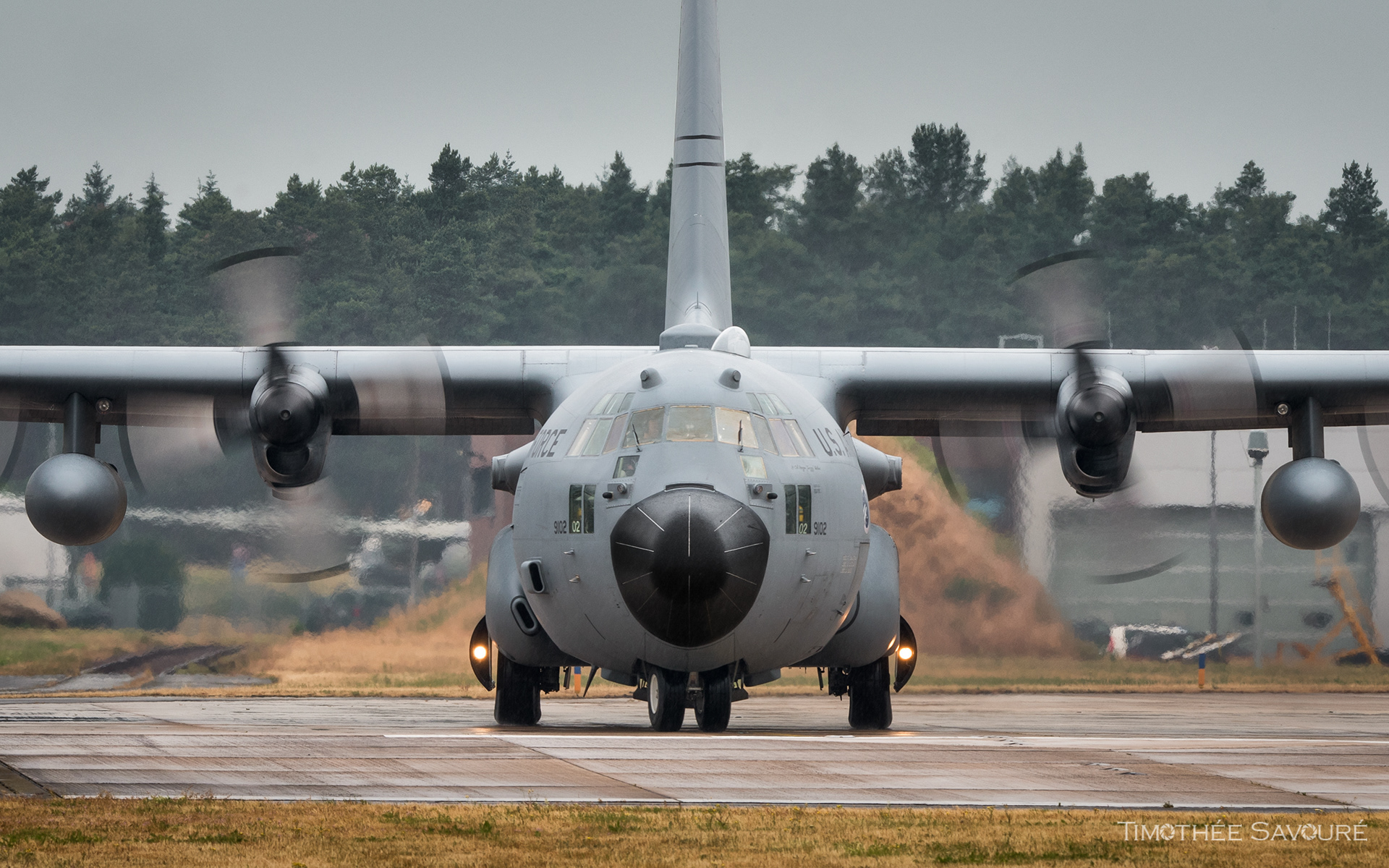
US Air Force Lockheed C-130H Hercules | 89-9102

US Air Force Boeing KC-135R Stratotanker | 63-8025

Romanian Air Force Alenia C-27J Spartan | 2705

US Air Force Lockheed C-130H Hercules | 91-1237

US Air Force Lockheed C-130H Hercules | 95-1001

US Air Force Lockheed C-130H Hercules | 93-1562

US Air Force Lockheed C-130H Hercules | 92-1451











